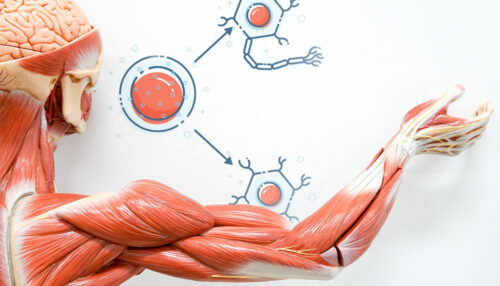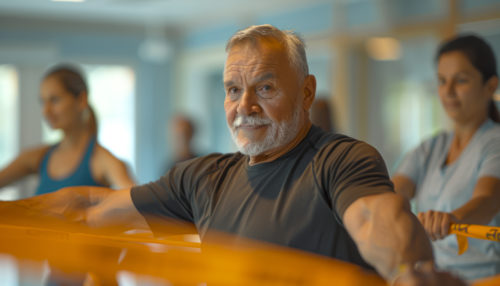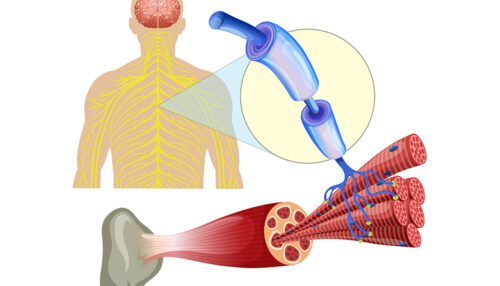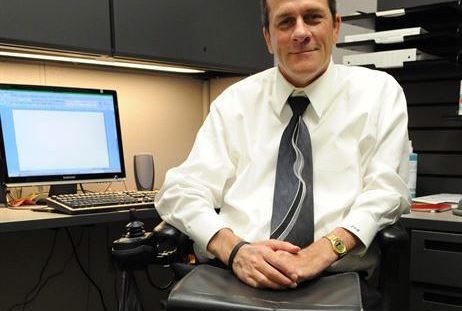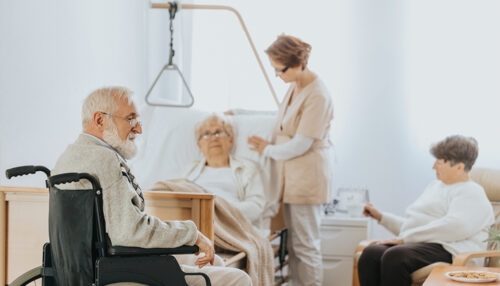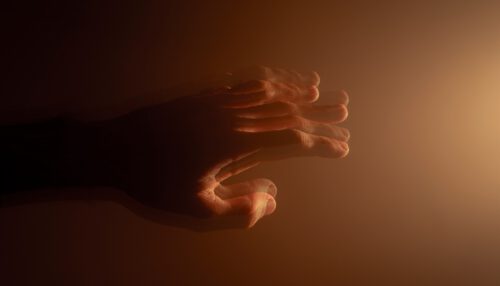
The aim of the presented research by Taiwanese scientists was to analyze the effect of short-term vibration therapy in the form of whole-body vibration (WBV) on proprioception and motor functions in people with moderate Parkinson’s disease (PD). Both after WBV and conventional therapy, improvement in motor functions was achieved in patients with moderate PD. Prepared […]

